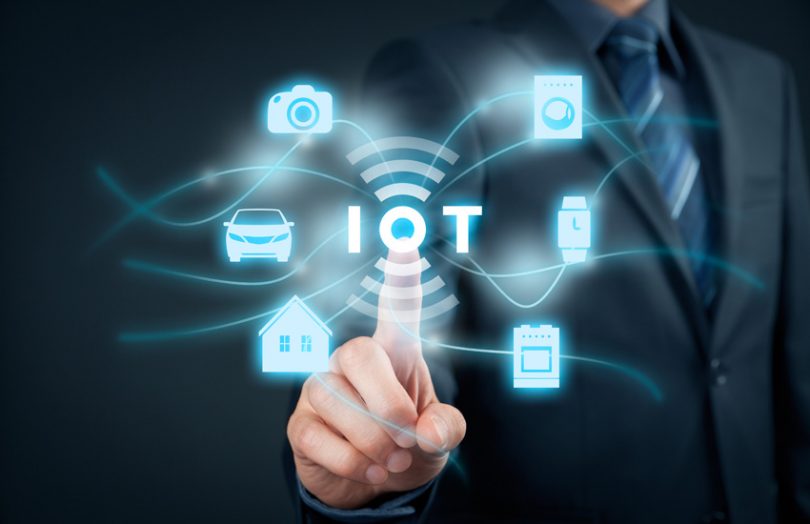Jargon alert with explanations to follow. The IEEE Standards Association is developing a new Identity of Things standard that will apply blockchain decentralized identity (DID) to Internet of Things (IoT) devices. The new standard is being developed with input from Lockheed, Ericsson, Lenovo, Huawei, Bosch, and IoTeX.
Let’s break down some of the jargon. Internet of Things (IoT) refers to sensors and smart devices that use the internet to communicate data. A sensor-based home alarm that calls back to a security center is one of the most obvious examples. Another is health trackers such as Fitbit. Taking it to the industrial level, self-driving cars will ‘talk’ to roadside sensors and chargers. And solar panels will feed data about the amount of electricity that flows into the grid.
Just as it’s hard to communicate with someone that doesn’t speak your language, it will be hard for devices to communicate with each other if there’s no standard way to exchange information around identity. The IEEE gave the example of Wifi standards and standards for electric wall plugs. So the goal is to have a standard way for IoT devices to communicate identity data.
But taking that a step further, devices might have ‘credentials’. For example, it might be certified as passing some quality test. And it might have other identifying data that should be shared with only some devices, not just any device. Think about your alarm system. You want it to communicate with the security center but not some random snooper.
That leads to the concept of decentralized identity (DID), which enables the identity owner – whether it’s a human or a device – to choose what to share and with whom.
“In the blockchain space, lack of interoperability is a technical barrier. There are many blockchains and the way devices are connected to blockchains to enable decentralized machine-to-machine communications should follow a universal standard,” said Dr. Ramesh Ramadoss, the co-chair of the IEEE Blockchain Initiative.
The IEEE sees this standard being applied to communicate climate, geography, traffic and other data. However, one of the examples it gave is for cars to communicate with humans, toll booths, parking meters, and e-charging pods.
That happens to be one of the areas where standards have already been developed for this topic. The blockchain mobility association MOBI has released two iterations of standards for Vehicle Identity (VID).
Meanwhile, last year the WEF mapped the various blockchain standards that have been released and the GBBC recently updated that.






